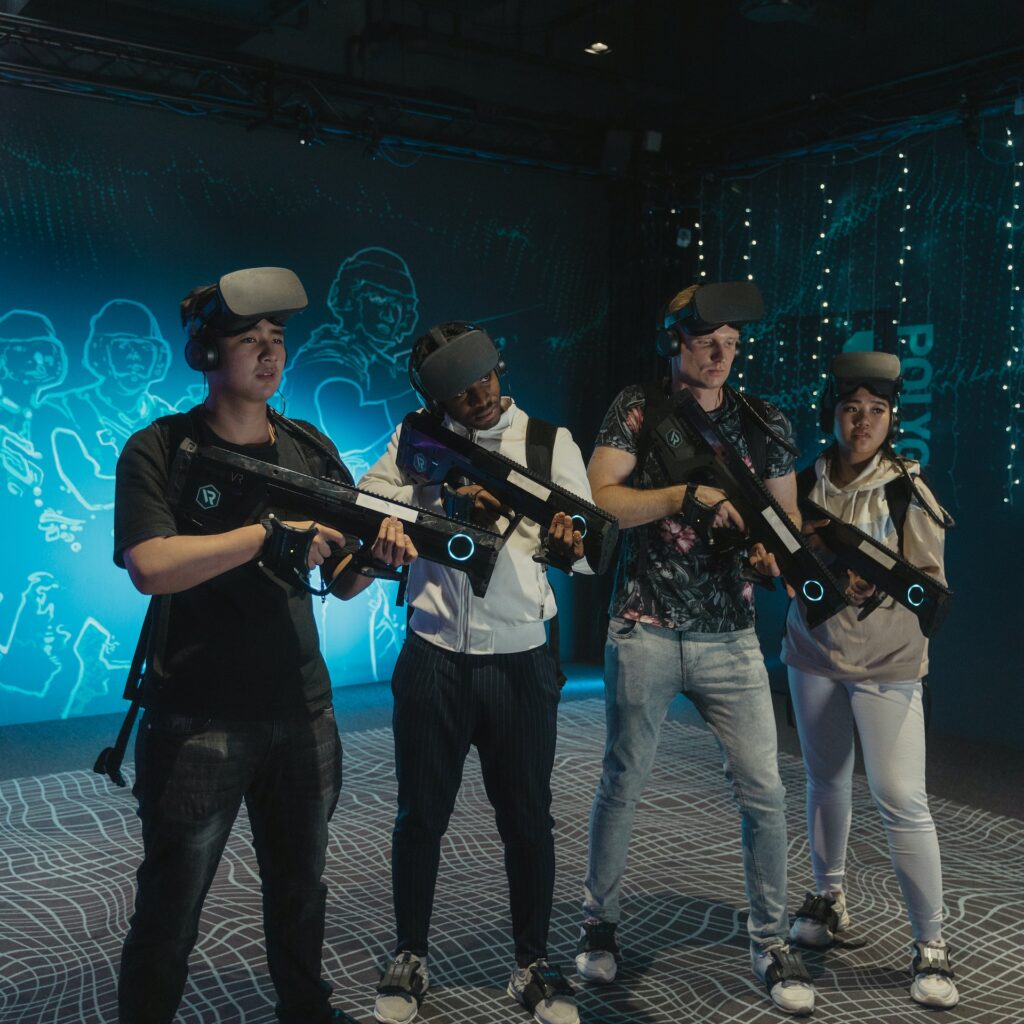The virtual reality world is witnessing exciting advancements in immersive touch experiences and haptic technology. Players crave more realistic and engaging gameplay, and haptic technology allows them to feel the sense of touch.
Read below for more ways virtual reality makes objects/scenarios unreal feel real.
Immersive Touch
A traditional virtual reality (VR) system mainly targets vision and auditory immersion. With a VR headset, one can see the realm and hear the commotion in the background. Where haptic technology is an additional layer of sensory feedback called tactile sensations. The sensory feedback would be in what one calls a controller or gaming gloves. Tactile receptors are all over the body. The receptors are essential for identifying touch, pain, pressure, temperature, and texture.
Haptic Feedback in VR
Advancements in materials science, robotics, and the miniaturization of actuators and sensors have motivated the development of immersive touch experiences. Various techniques are available to adapt haptic feedback in VR, including haptic gloves, vests, controllers, flooring, or surfaces.
With haptic gloves, users can manipulate virtual objects with their hands, experiencing touch sensations such as texture, pressure, and vibration. Haptic vests have a vibrating actuator, a machine component responsible for moving and controlling a mechanism that delivers feedback such as impact, pressure, and directional forces across the torso. The feedback enhances users’ perception of physical presence, environmental effects, and interpersonal interactions in virtual environments.
Haptic controllers are handheld devices that provide feedback through vibration, resistance, and other tactile clues to stimulate sensations. They are typically used for interactive tools, weapons, and objects. Haptic flooring or surfaces give users a sense of movement and presence in virtual environments, with actuator sensors placed on the floor or on different surfaces to magnify the sensation of walking on different terrains.

Utilization for Industries
The range of applications for haptic technology and immersive touch experience encompasses many industries across the board—initiatives such as medicine, aviation, architecture, engineering, etc. Surgeons can practice procedures, while pilots can conquer a simulation with realistic flight controls. Engineers and architects can test the functionality of a building or evaluate ergonomics. Overall haptic technology provides realistic tactile feedback.
Conclusion
The irresistible immersive touch experience will only become more sophisticated with time. As advancements in VR, visuals, auditory, and tactile sensors push the boundaries of immersion, it sanctions users to interact with virtual worlds in unprecedented ways.
For more about VR, visit Ferry Godmother Gaming World.

